Are you into science and technology and are you looking for the best science museums to visit in Catalonia? These are the ones:

Church of Colònia Güell
Santa Coloma de CervellóThe church was commissioned by Gaudí's patron Eusebi Güell, but unfortunately, there was not enough money to finish it in the end. Gaudí managed to build only the crypt, but it is still worth visiting mainly for its exquisite interior and stained glass windows. It was declared a World Heritage Site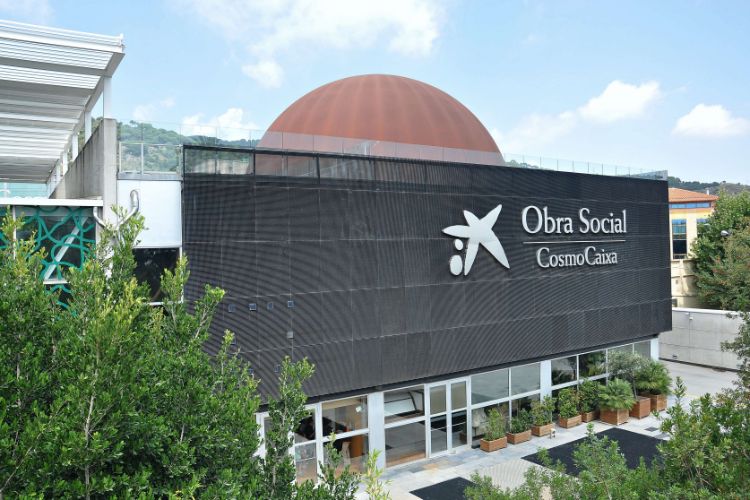
CosmoCaixa Barcelona
BarcelonaThe building in which the CosmoCaixa in Barcelona is situated features hands-on exhibitions inside. It also includes a planetarium. You can experience the environment of Amazon rainforest with more than a hundred living species such as birds, insects, frogs and even alligators. The Hall of Matter is
Cap de Tossa Lighthouse
Tossa de MarThe Tossa Lighthouse is a significant landmark located in the resort town of Tossa de Mar. This town is situated at the southern end of the Costa Brava, in the Province of Girona, Catalonia, Spain. The lighthouse offers a unique blend of historical and cultural significance, making it a point of interest for tourists visiting the area.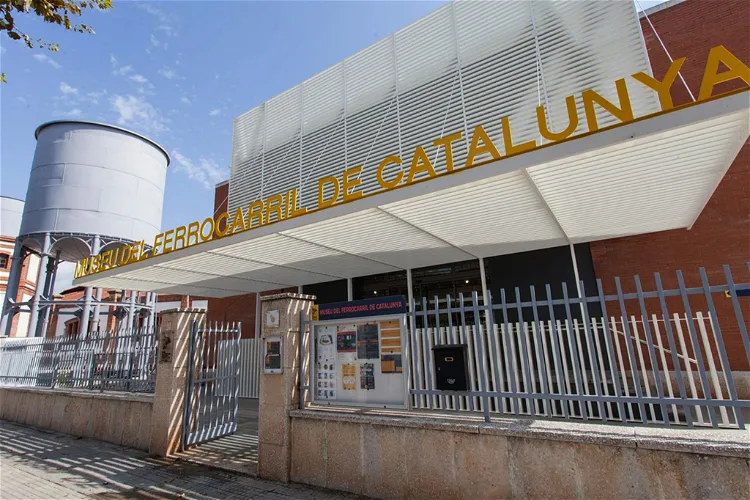
Railway Museum of Catalonia
Vilanova y GeltrúThe Railway Museum of Catalonia is situated in the town of Vilanova i la Geltrú, which is approximately 40 kilometers south of Barcelona. This location makes it easily accessible for tourists visiting Barcelona and looking for a day trip to explore the rich history of railways in Catalonia.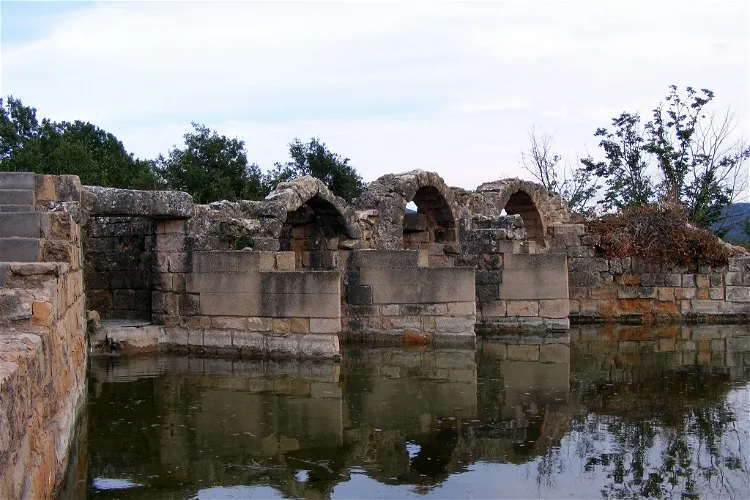
Los Molinos de la Vila
MontblancLos Molinos de la Vila, also known as Els Molins de la Vila in Catalan, are situated one kilometer east of the village of Montblanch, nestled between the Francolí and Anguera rivers. Specifically, they are located on the bank of the Anguera river. This location provides a picturesque setting for visitors to explore and appreciate the historical significance of these mills.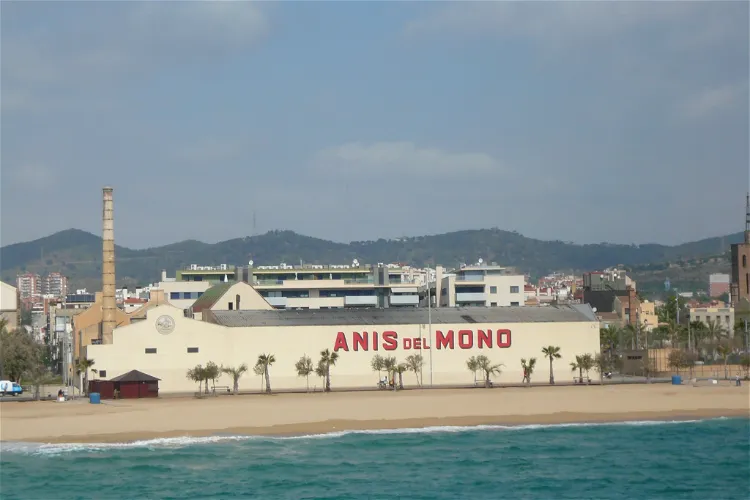
Anís del Mono Factory
BadalonaAnís del Mono is a registered brand of anisette that originates from the Spanish city of Badalone, in Catalonia. This anisette has been a staple in Spanish confectionery since the 19th century, making it a significant part of the country's culinary history.
National Museum of Science and Technology of Catalonia
TerrassaIn addition to its main location, the mNACTEC also operates three other sites: Farga Palau de Ripoll, Museu do Cimento Asland de Castellar de n’Hug, and the Museu da Colonia Sedó Esparreguera. These additional locations offer visitors the opportunity to explore different aspects of Catalonia's industrial and technological history.
Catalan Wine Cultures Museum
Vilafranca del PenedèsThe Catalan Wine Cultures Museum, also known as VINSEUM, is situated in an ancient palace that once belonged to the kings of the Crown of Aragon. This historic building is located in the Jaume I square in Vilafranca del Penedès, a town in Barcelona, Spain. The museum's location adds a touch of historical significance to the overall experience of the visitors.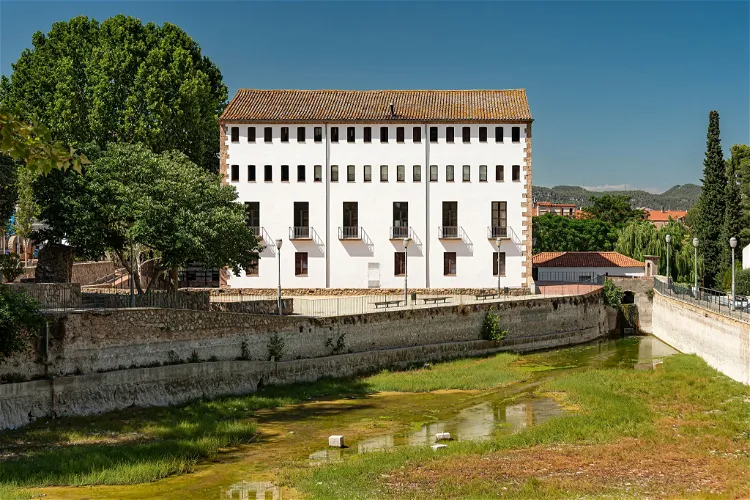
Capellades Paper Mill Museum
CapelladesThe Capellades Paper Mill Museum is a unique institution dedicated to the history and art of papermaking. Located in the town of Capellades, the museum is housed in an old paper mill known as 'Molino de la Villa'. It offers a comprehensive insight into the traditional methods of paper production, as well as the evolution of papermaking technologies up to the 21st century.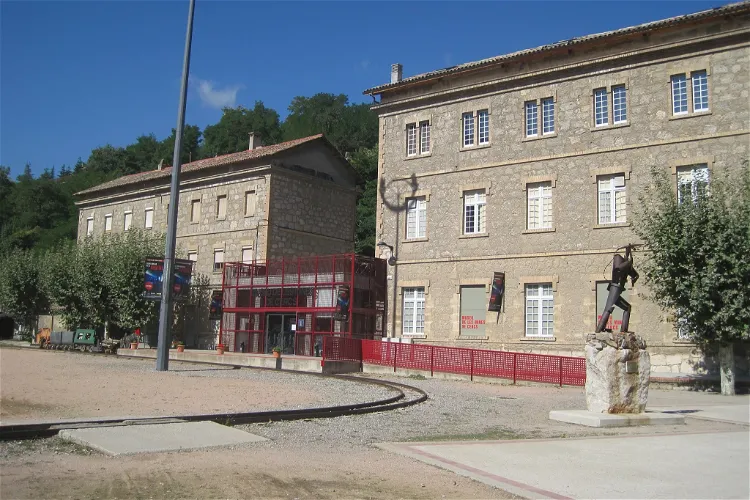
Cercs Mine Museum
CercsThe Cercs Mine Museum, located in the Sant Corneli colony in the municipality of Cercs, Catalonia, is a museum dedicated to coal mining. It provides a comprehensive view of the relationship between coal and the geological, landscape, economic, and human environment of the region. The museum, founded in 1999, is part of the Museum of Science and Technology of Catalonia and the Network of Local Museums of the Barcelona Provincial Council.
El Ter Industrial Museum
ManlleuThe El Museo Industrial del Ter (MIT), situated in Manlleu, Osona, is a museum that focuses on the territory and society. Its mission is to highlight the industrial and natural heritage of the middle Ter river basin. The museum is housed in Can Sanglas, an old spinning factory from 1841, located at the point where the industrial canal of Manlleu ends its course.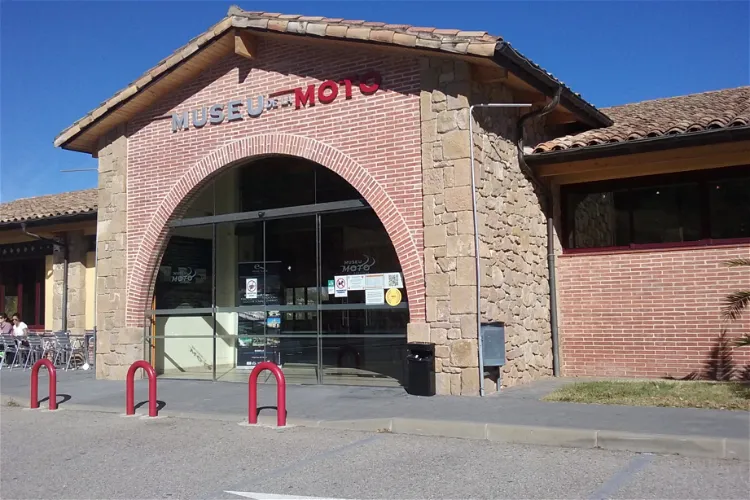
Bassella Motorcycle Museum
Bassella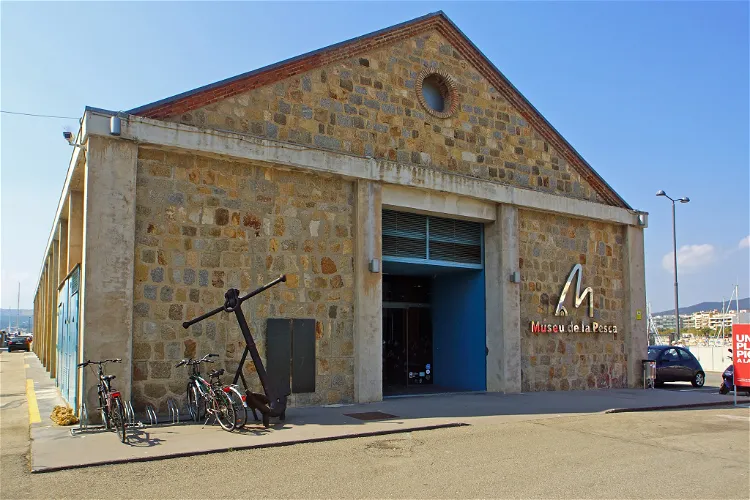
Fishing Museum
PalamósThe Fishing Museum, which opened its doors in 2002, is a dedicated space for the dissemination of fishing knowledge and the maritime heritage of Costa Brava. It is located in the Palamós fishing port in an old warehouse known as the 'Tinglado'. The museum's mission is to contribute to the cultural, economic, and social development of the community by strengthening its own territory and helping to reflect on and contribute to how marine and fishing heritage favor society.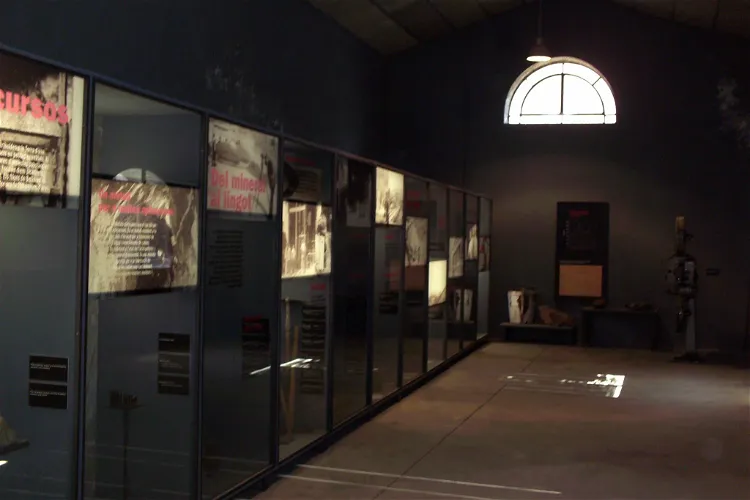
Bellmunt del Priorat Mines Museum
Bellmunt del PrioratThe Bellmunt del Priorat Mines Museum is situated in the former industrial complex of the Eugenia Mine. It serves as an interpretation center for understanding the history and techniques of lead mining in the El Priorat region of Catalonia, Spain. The museum is part of the Science and Technology Museum of Catalonia (mNACTEC) system, which includes various museums and collections throughout Catalonia, each specializing in different thematic areas of industrial heritage, science, and technology.
Mina Vella Museum
Vilassar de Mar
Isern Motorcycle Museum
Mollet del Vallès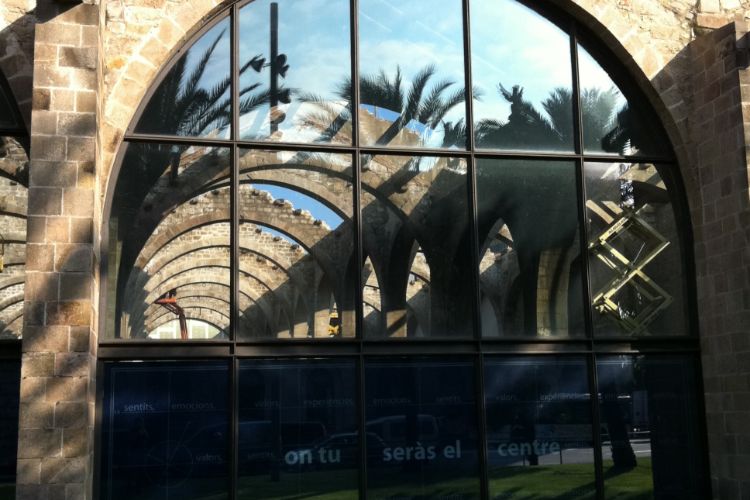
Maritime Museum
BarcelonaThe Maritime Museum is located in the Drassanes port, a former shipyard and a military building. The museum is devoted to the naval history of Spain. It documents the history of the Spanish Navy since the 15th century until today and displays instruments that were used for navigation, weapons, and p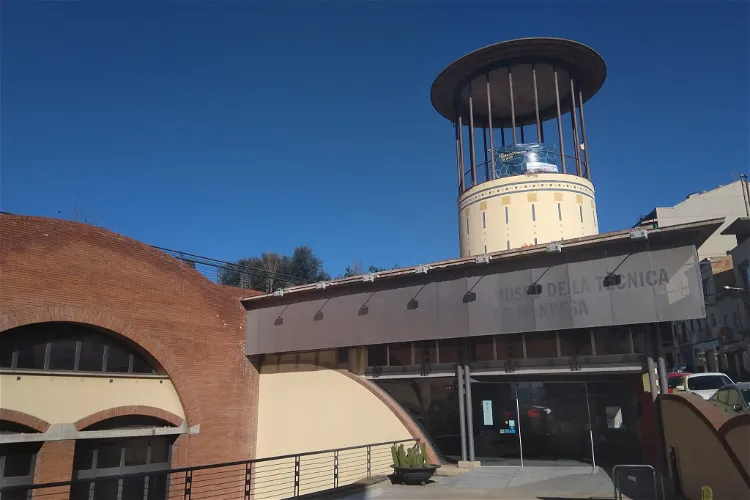
Technical Museum of Manresa
ManresaThe Technical Museum of Manresa is housed in the old tanks that once collected and stored water from the city's ditch. These tanks, built between 1861 and 1865, have been fully restored and now host a multipurpose room and two permanent exhibitions. The museum's location offers a unique insight into the city's history and its relationship with water.
The Maritime Rescue Museum
Sant Feliu de GuíxolsThe Maritime Rescue Museum, situated in the port of Sant Feliu de Guíxols in the Baix Empordà region of Spain, is a historical site that was once a rescue shipwreck station. This unique museum offers visitors a glimpse into the maritime history of the region and the important role that the station played in rescue operations.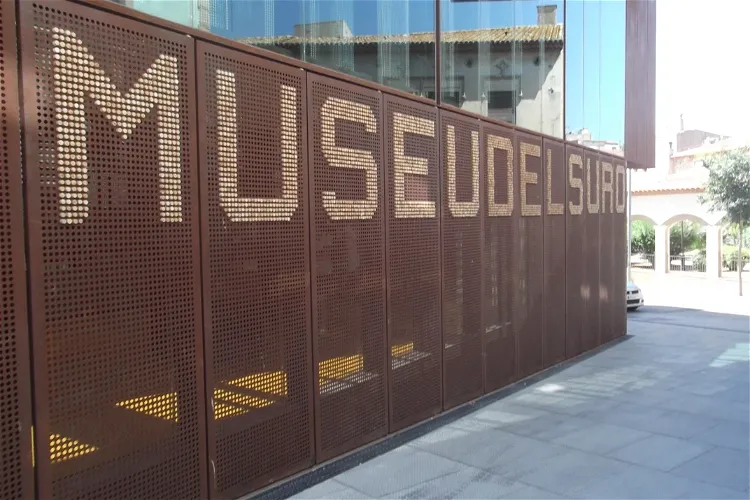
The Cork Museum
PalafrugellThe Cork Museum of Palafrugell, located in Spain, is a unique institution dedicated to the cork industry in Catalonia. It provides an in-depth look into the history and processes of this industry, offering visitors a chance to learn about the production of cork and its various uses. The museum is situated in a modernist factory, surrounded by a small cork forest, adding to the authenticity of the experience.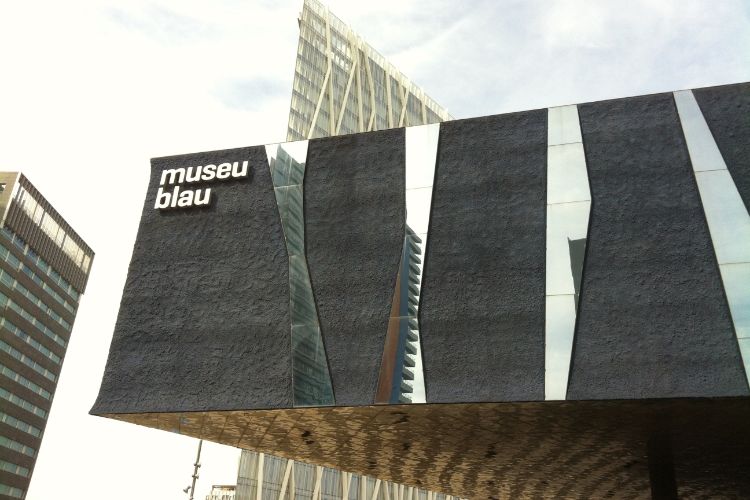
Museu Blau
BarcelonaDesigned by the Swiss architects Jacques Herzog and Pierre de Meuron, Museu Blau opened in 2004. The museum houses part of the Natural History Museum of Barcelona (Museu Blau) and an auditorium where conferences take place. The museum occupies two floors and its permanent exhibition is called Planet
Museu Hidroelèctric de Capdella
la Torre de Cabdella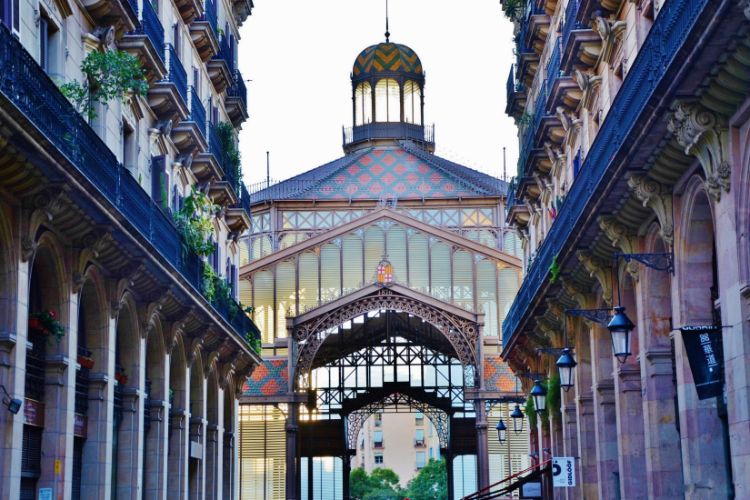
Mercat del Born
BarcelonaMercat del Born was a public market and one of the most important buildings in Barcelona. The construction with iron that marked the start of Modernisme in Catalan architecture. is the largest covered square in Europe.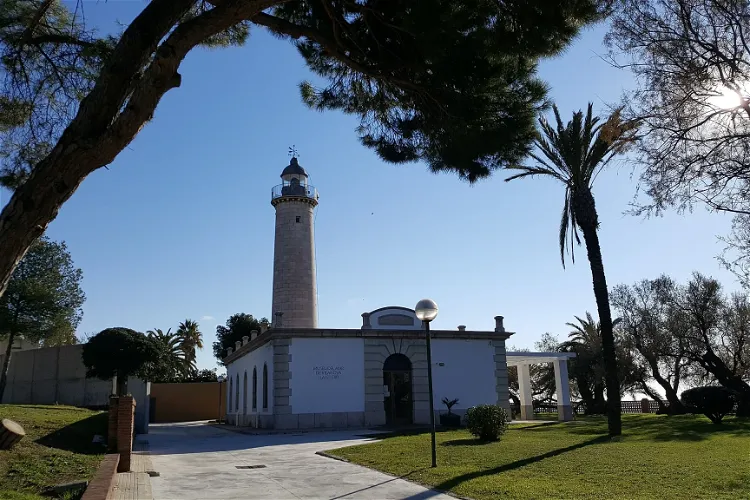
Espai Far
Vilanova y GeltrúEspai Far is a museum situated in the San Cristóbal Lighthouse of Villanueva and Geltrú. The museum is dedicated to the local maritime tradition, offering visitors a unique insight into the region's rich seafaring history and culture.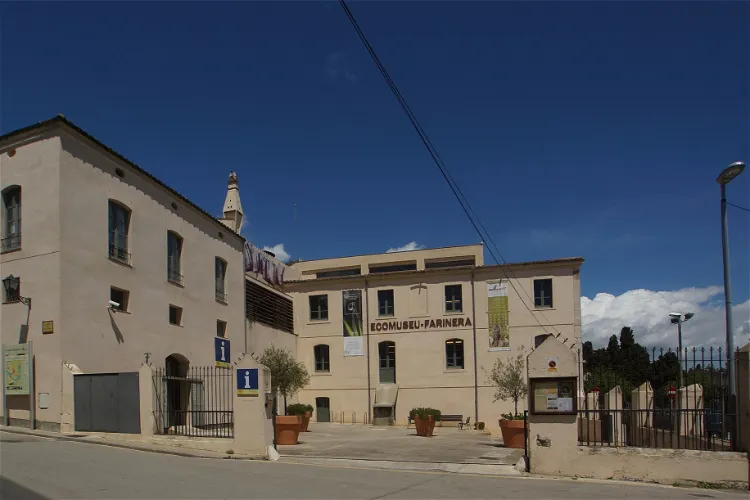
Ecomuseum Flour Mill
Castelló d'EmpúriesThe Castelló d'Empúries Flour Mill and Eco-Museum is a historical site that was operational from the late 19th century to the first half of the 20th century. The factory was constructed on the remnants of three medieval flour mills, adding a layer of historical depth to the location. Visitors can explore the site and gain insights into the industrial past of the region.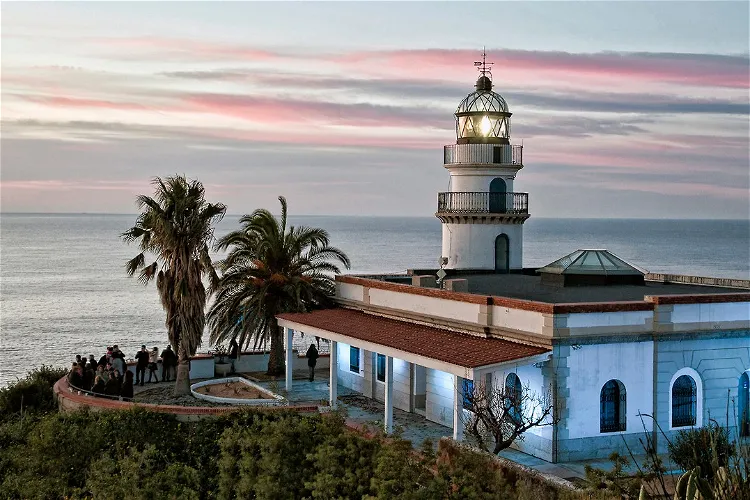
LightHouse of Calella
CalellaThe Calella Lighthouse is a significant landmark situated in the city of Calella, which is approximately 58 km northeast of Barcelona, in the province of Barcelona, Catalonia, Spain. This location makes it easily accessible for tourists visiting Barcelona and looking for day trips to explore the surrounding areas.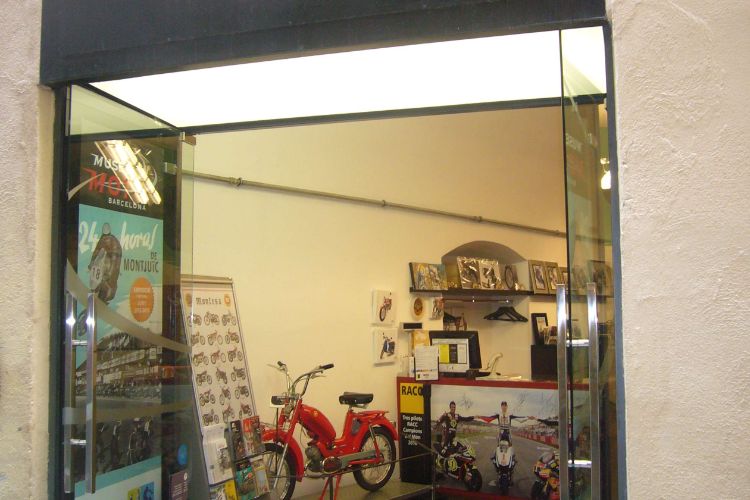
Barcelona Motorcycle Museum
BarcelonaThe Barcelona Motorcycle Museum displays a collection of international and national motorcycles, from 1902 till 2006, with various prototypes and unique objects.- 28
Estrella Damm Factory
El Prat de Llobregat 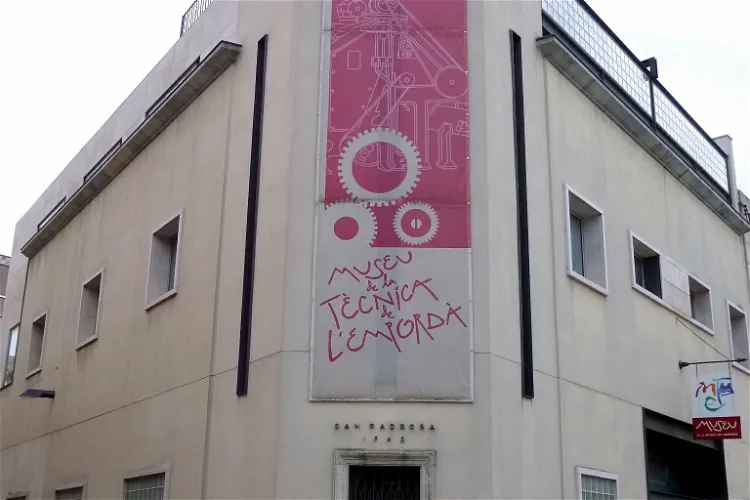
Technical Museum of the Empordà
FigueresThe Technical Museum of the Empordà is a unique destination for technology enthusiasts. Located in the Catalan city of Figueres, in the province of Alt-Empordà, Spain, the museum offers a deep dive into the world of machines and technology. It's a great place to explore and learn about the evolution of technology over the centuries.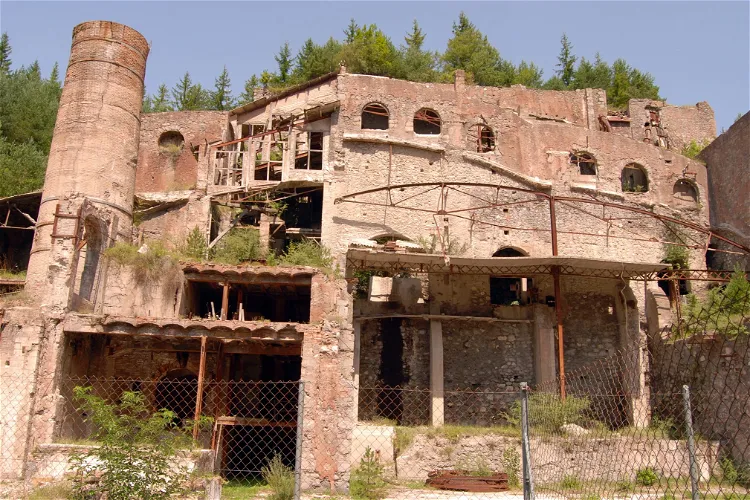
Castellar de n'Hug Cement Museum
Castellar de n'HugThe cement factory that used to employ the entire region was transformed into a captivating museum. Visit to learn more about industrial past.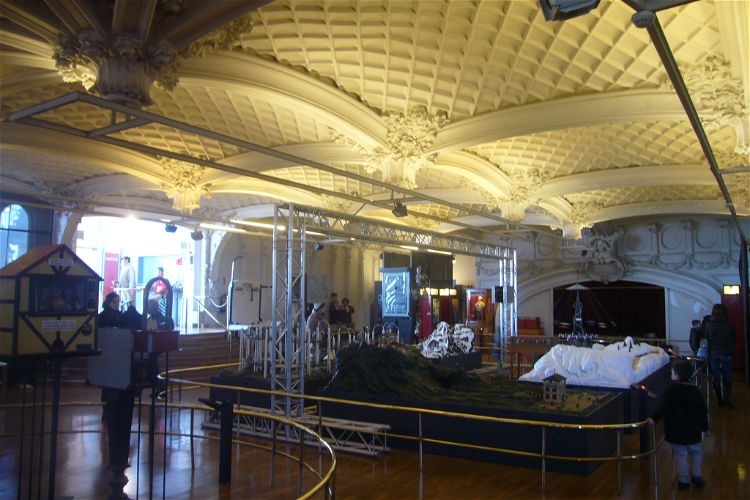
Museu dels Autòmats del Tibidabo
Barcelona
Museu Geologic del Seminari de Barcelona
Barcelona
Port of Tarragona Museum
Tarragona
Lérida Automotive Museum
LleidaThe Lérida Automotive Museum, located in the city of Lérida, is a municipal institution that focuses on the world of automotive. It specializes in the display and preservation of old vehicles, providing a unique insight into the history and evolution of the automotive industry. Visitors can expect to see a wide range of vintage cars and other vehicles, each with its own story to tell.
Motorcycle Museum
l'Escala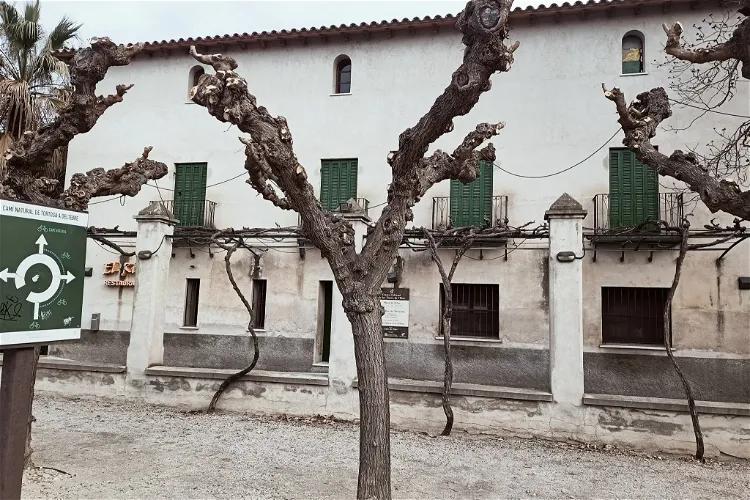
Museu de l'Ebre
Tortosa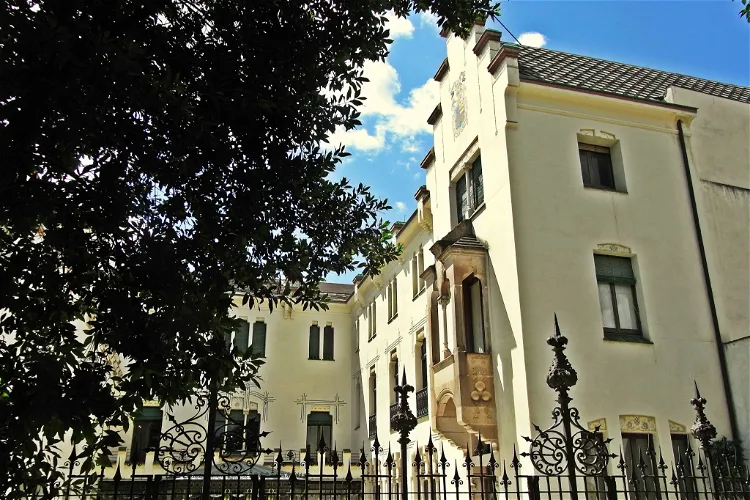
Casa Alegre De Sagrera
TerrassaLa Casa Alegre de Sagrera is a museum building located at Font Vella Street, number 29, in Terrassa, province of Barcelona. Originally, it was the manor house of Joaquim de Sagrera, a textile manufacturer from the late 18th and early 19th centuries, who played a significant role in the Spanish War of Independence. Despite dating from the beginning of the last century, its current appearance is the result of a modernist reform carried out by Melcior Viñals, a municipal architect, at the beginning of the 20th century.
La Farga del Roquer
Arbúcies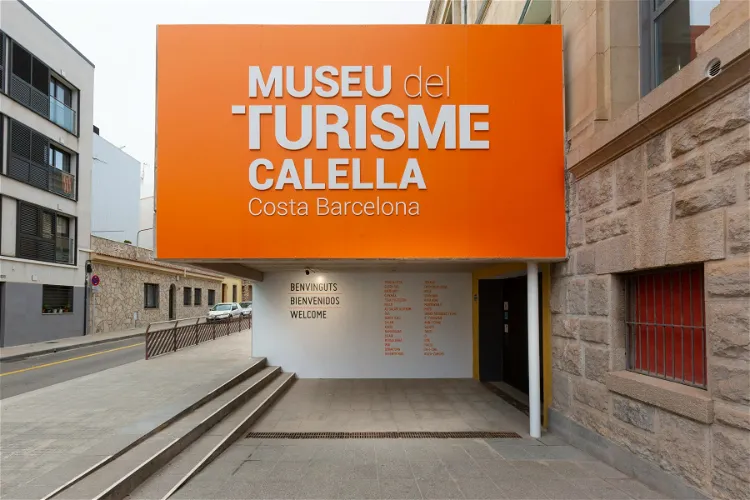
Museu del Turisme
CalellaEl Museo del Turismo, located in Calella, was inaugurated on January 9, 2016. This museum is a significant part of the city's cultural landscape and offers a unique insight into the history and development of tourism.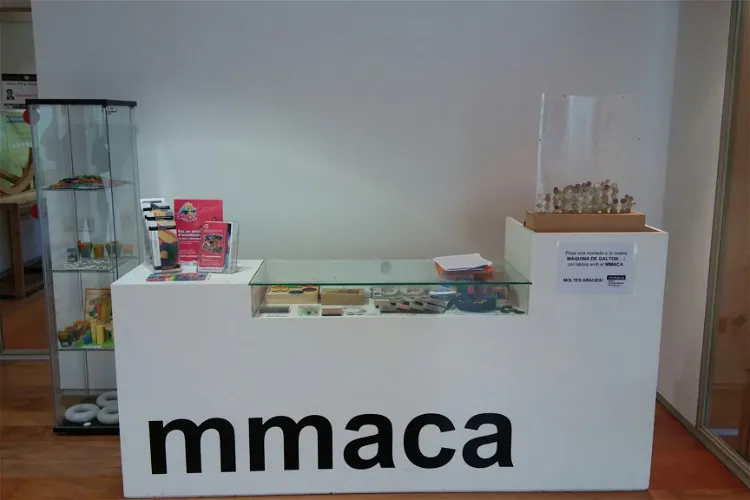
Museum of Mathematics of Catalonia
Cornellà de Llobregat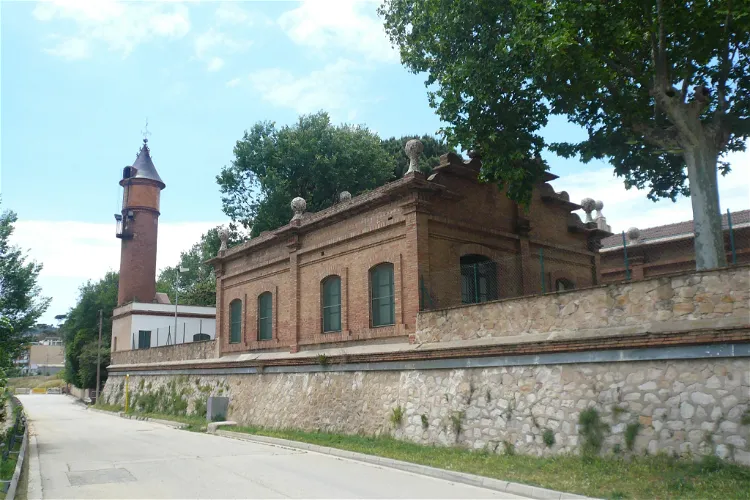
Casa de les Aigües
Montcada i ReixacThe Casa de les Aigües, also known as the wells of Moncada, is a historical site that once served as an extraction and pumping station for groundwater from the Besòs aquifer. This station played a crucial role in supplying drinking water to the city of Barcelona. It is located in the park of the Aguas de Moncada and Reixach (Vallés Occidental).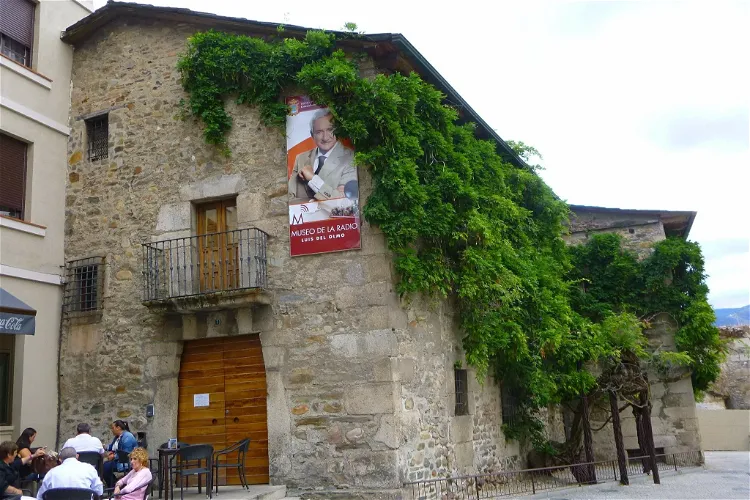
Museo de la Radio
Roda de Berà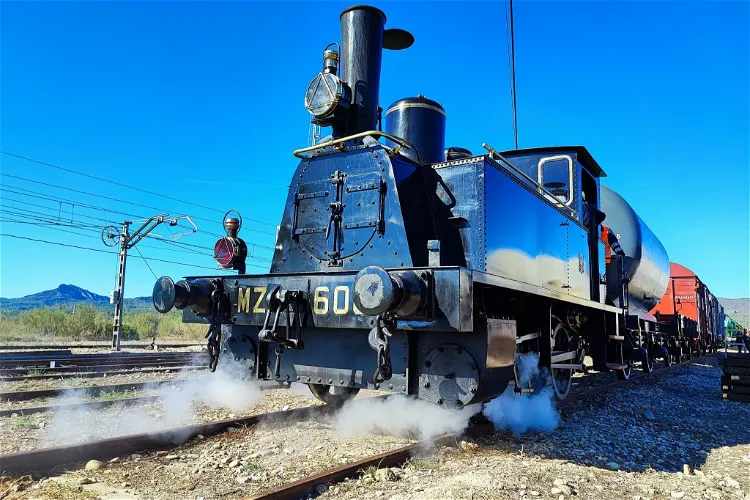
Museu del Ferrocarril
Móra la Nova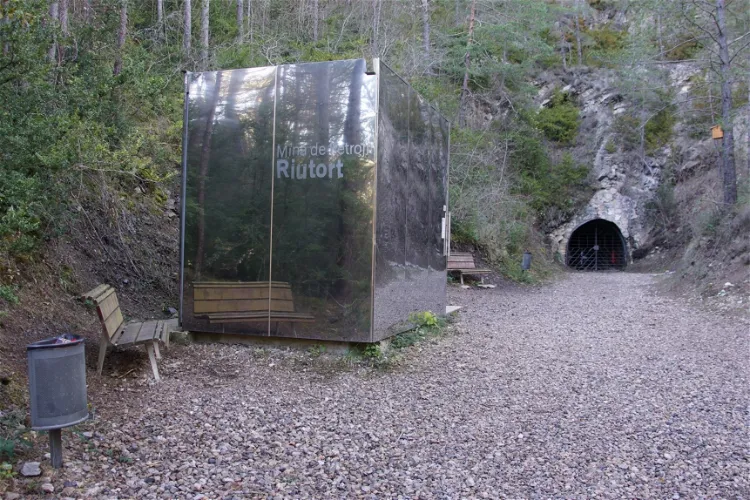
Mina del Petroli
la Pobla de Lillet
Museu de l'Aigua
Salt
MUHBA Casa de l'Aigua
Barcelona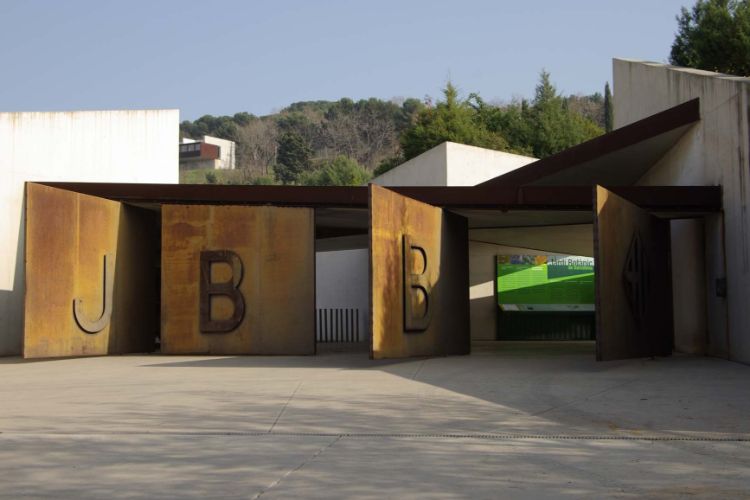
Botanical garden of Barcelona
BarcelonaThe Botanical garden of Barcelona is a botanical garden in the Montjuïc hill. The current gardens date from 1999 and are specialized in plants from areas with Mediterranean climates. The areas the botanical garden focuses on are Australia, Chile, California, South Africa,the western Mediterranean ar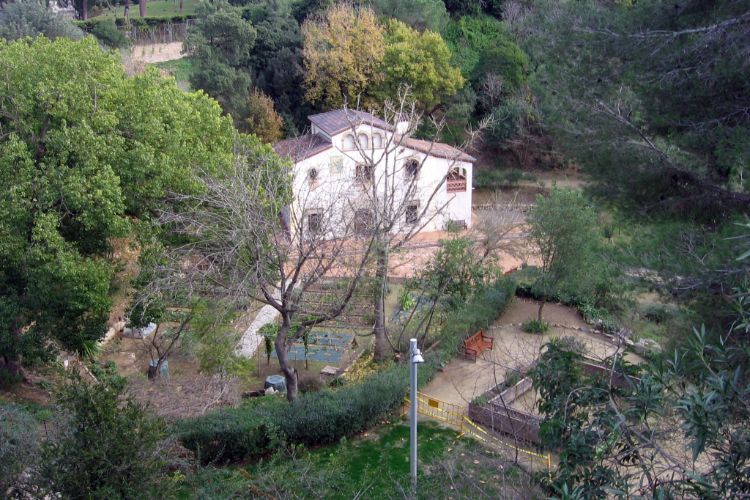
Jardí Botànic Històric
Barcelona- 49
Arroz Molí de Rafelet
Deltebre - 50
Museu del Calçat
BarcelonaMuseu del Calçat (Shoe Museum) traces the history of footwear and has a section devoted to shoes worn by famous personalities. The museum displays portraits of guild members, reproductions of footwear from the 2nd to 18th centuries and authentic shoes from the 18th century to the present day. Beside - 51
Museu de Carruatges
Barcelona - 52
Sala Ciutat
Barcelona - 53
Fish Interpretation Centre (MARAM)
l'Escala - 54
Quart's Museum of Ceramics
QuartThe Quart Pottery Museum, also known as Museu de la Terrissa de Quart, is situated in the town of Quart, in the Gironés region. The museum was officially opened to the public on March 27, 2011. It serves as a testament to the rich pottery heritage of the region, offering visitors a chance to delve into the history and craftsmanship of pottery making. - 55
Museu del Coure
les Masies de Voltregà